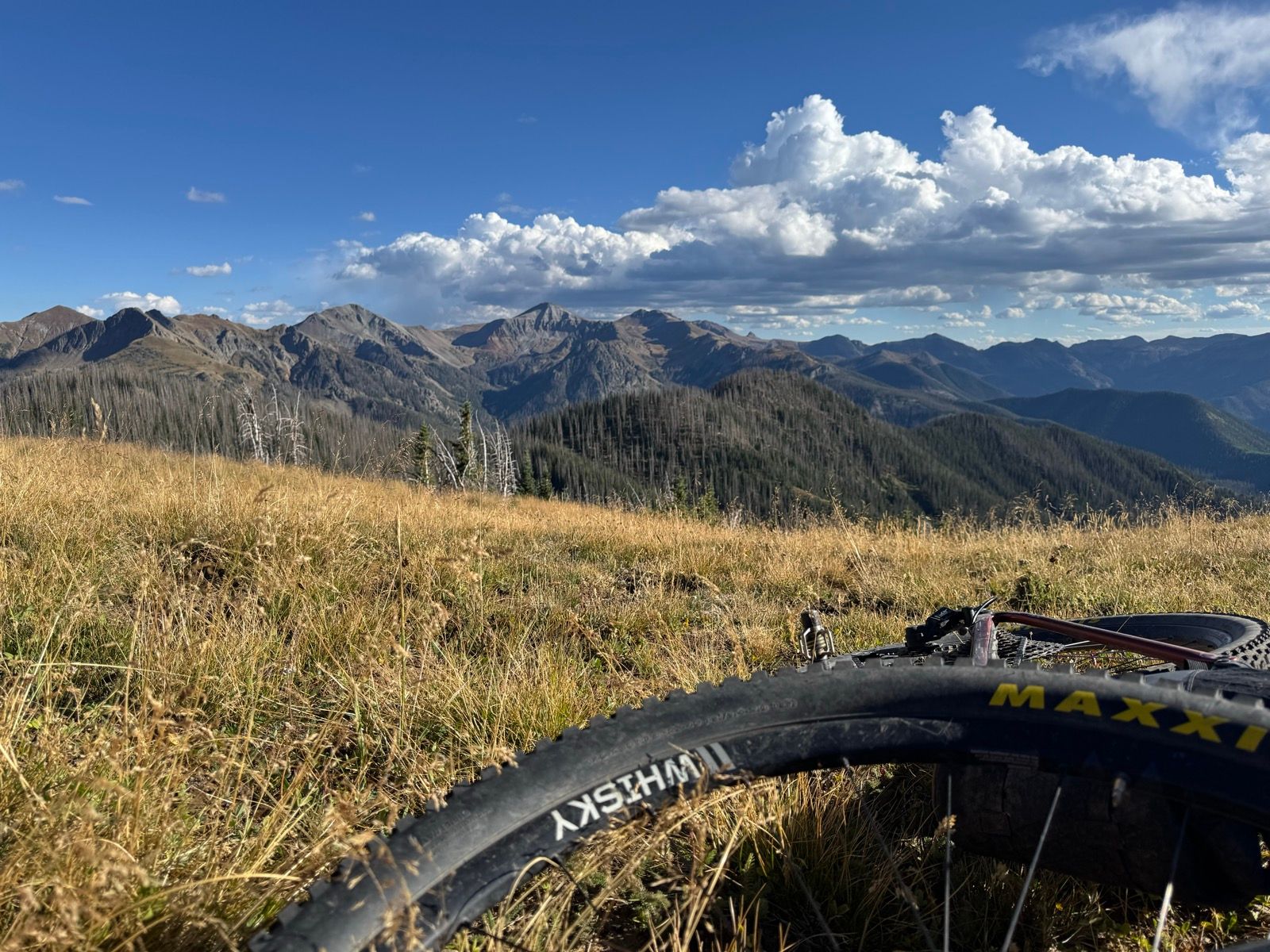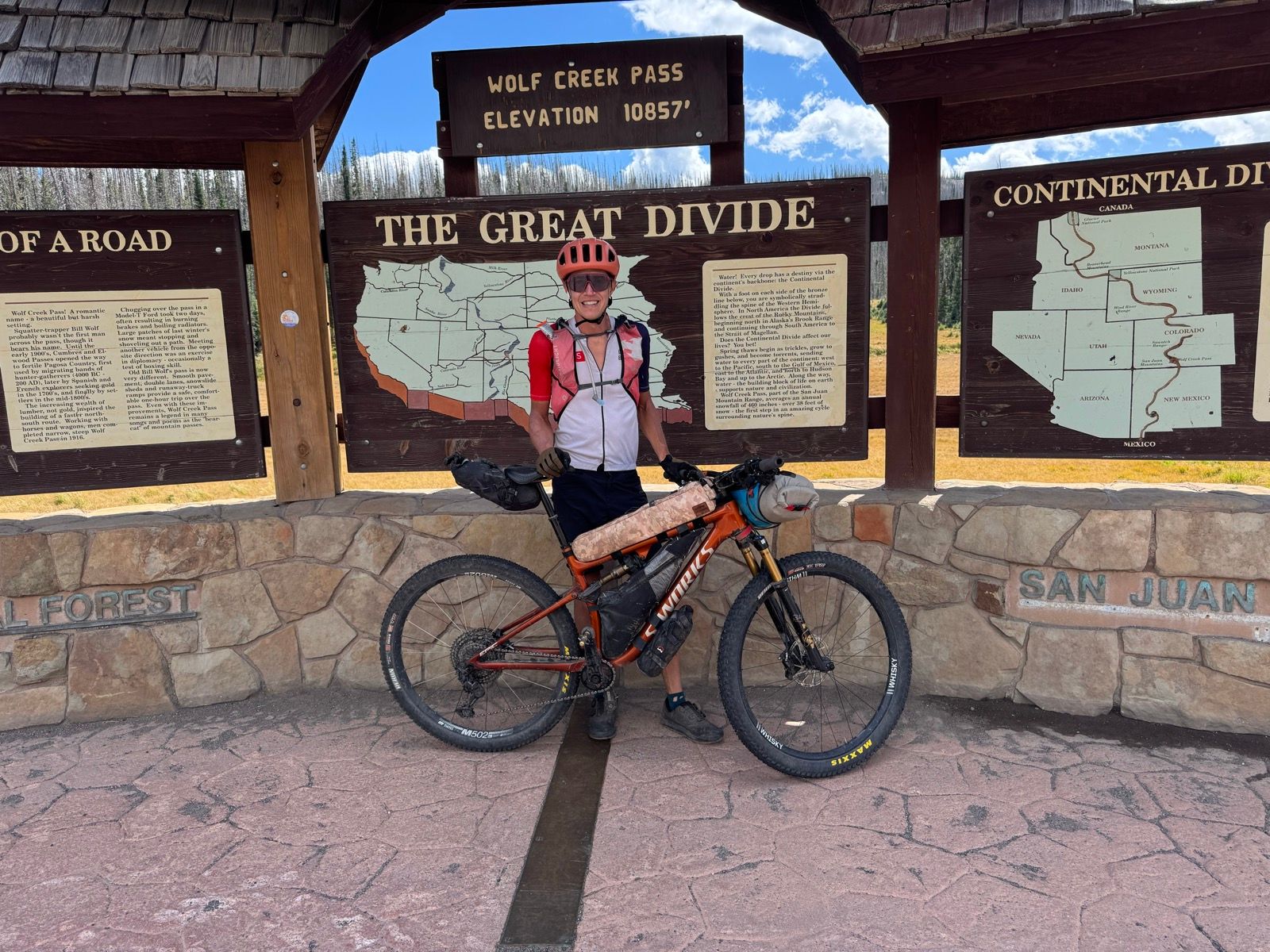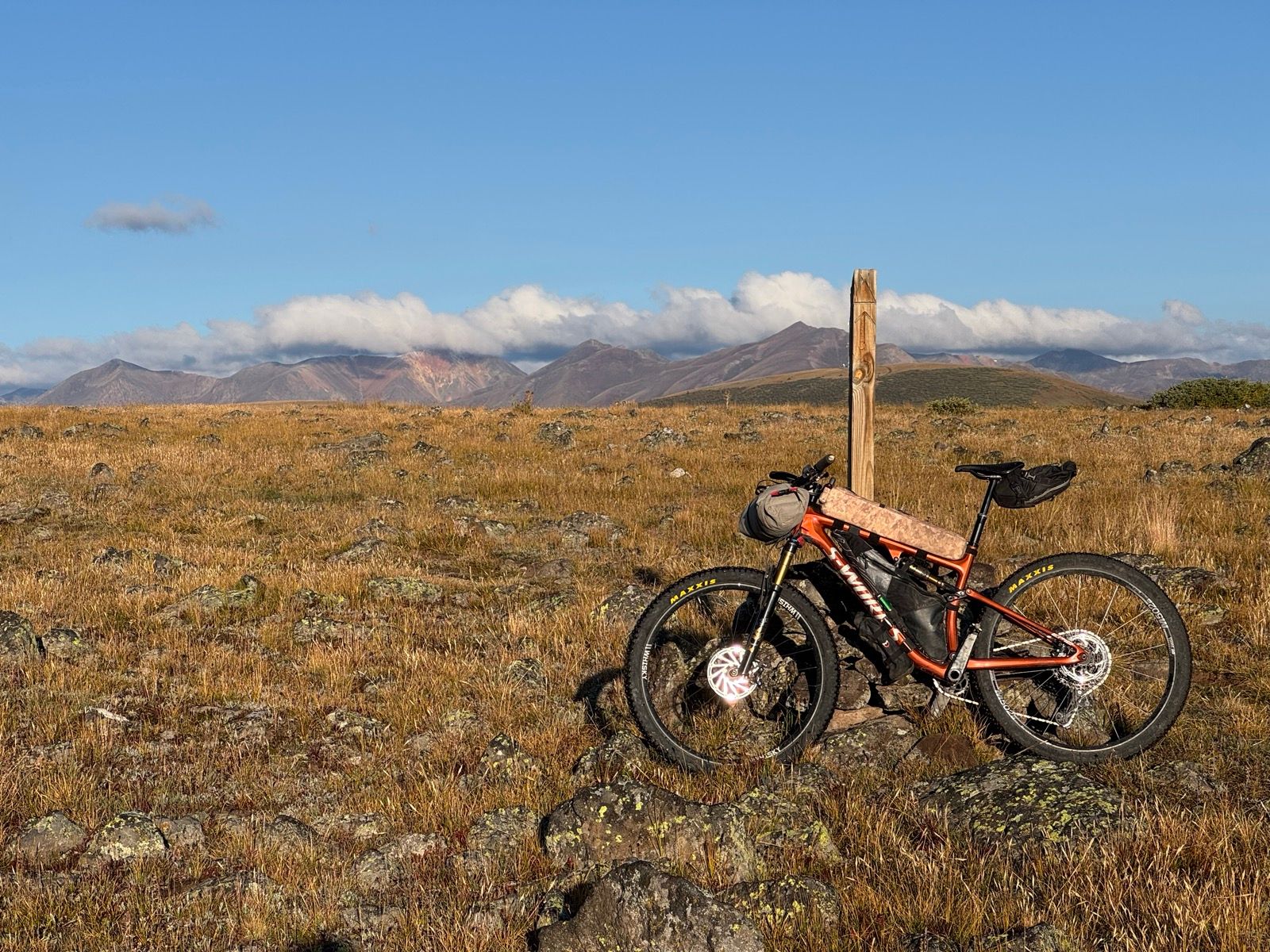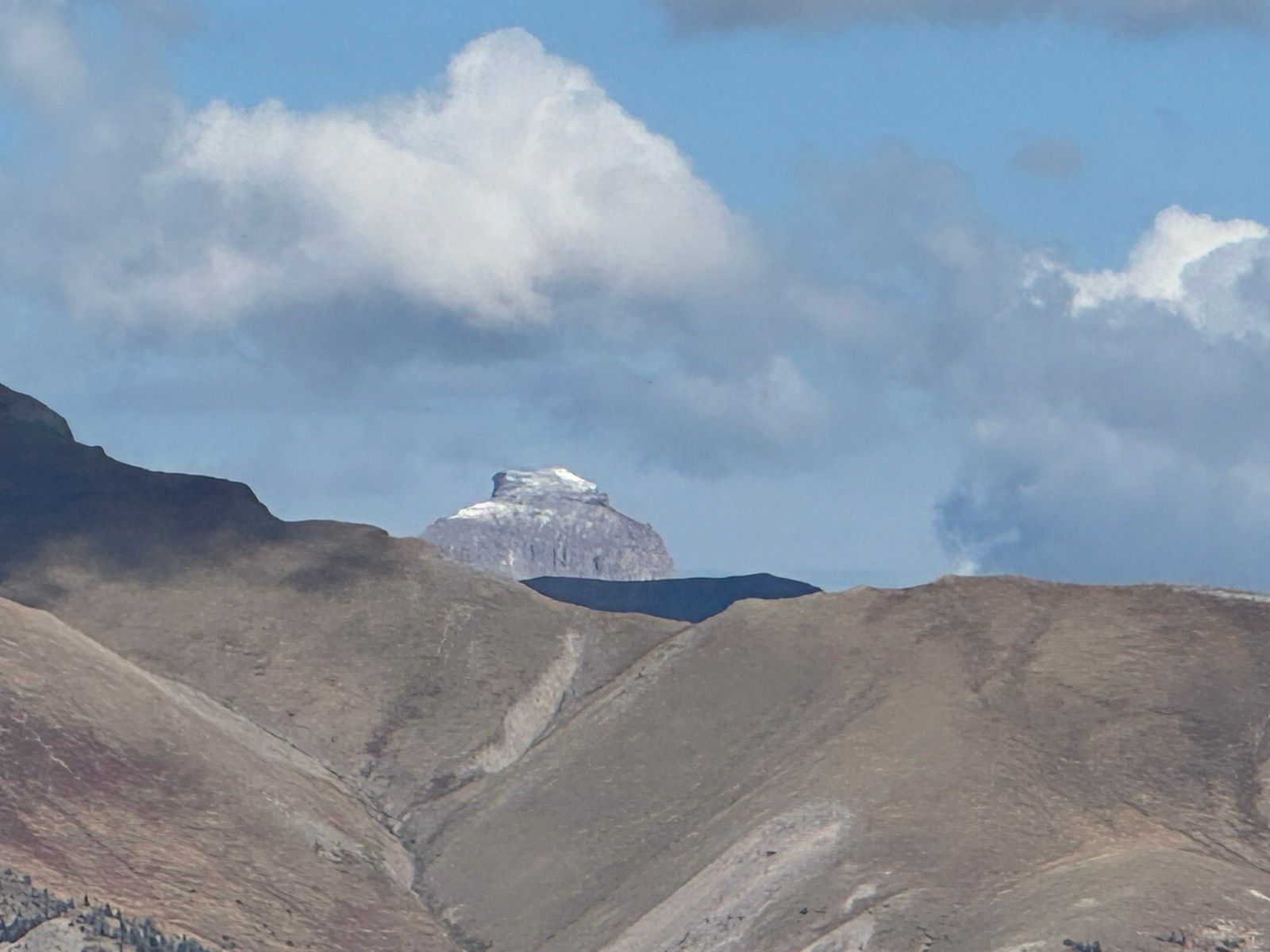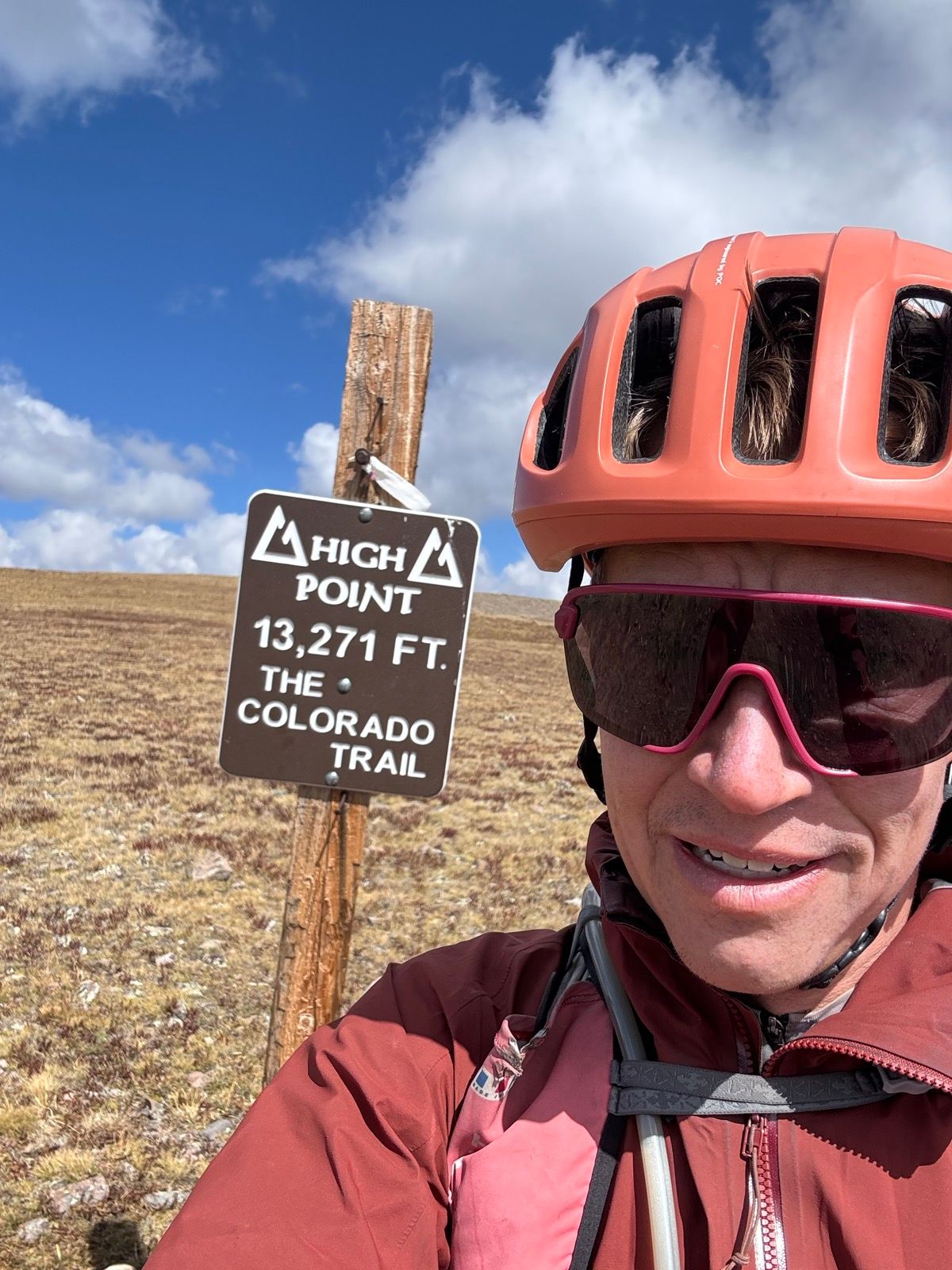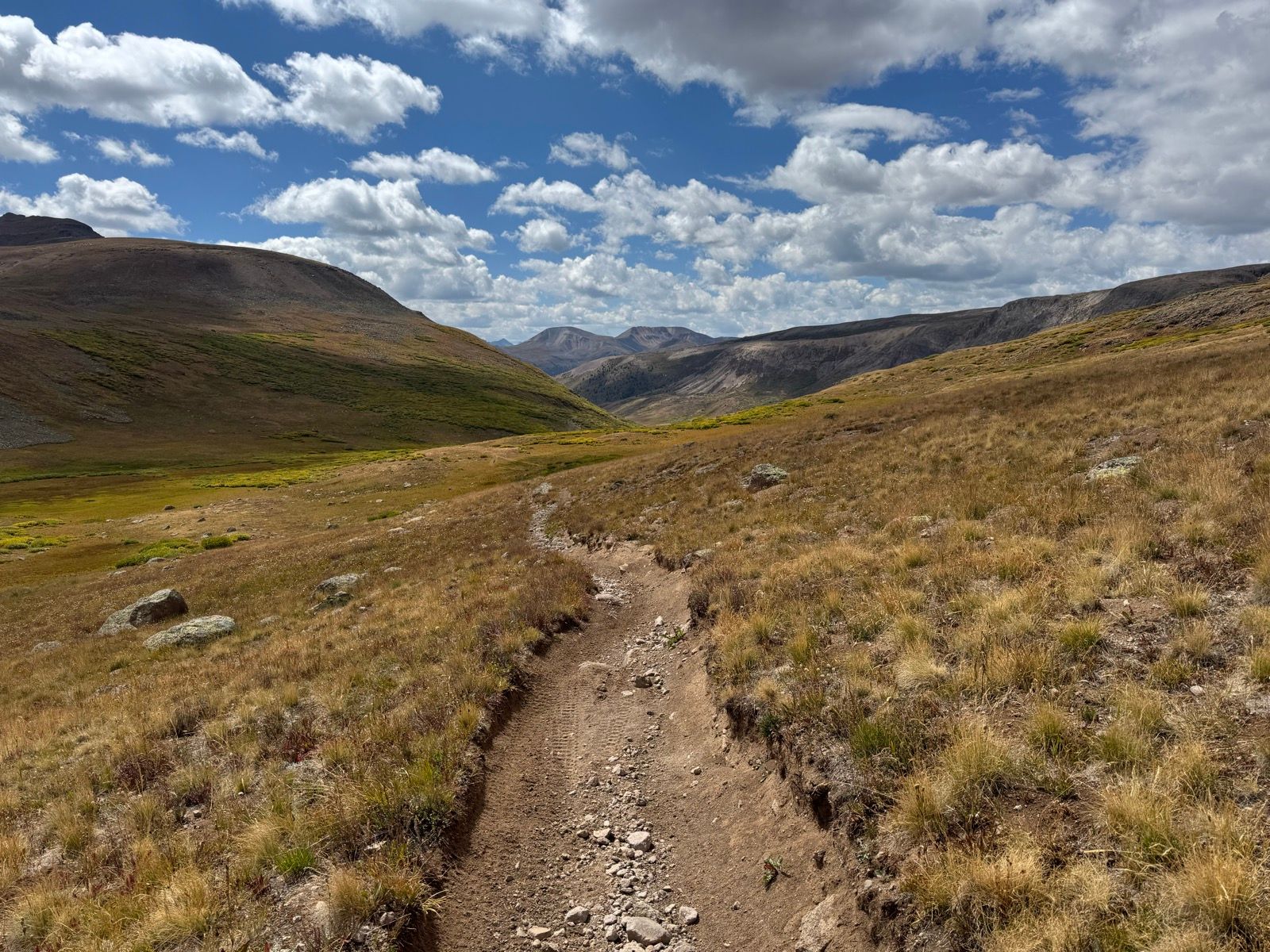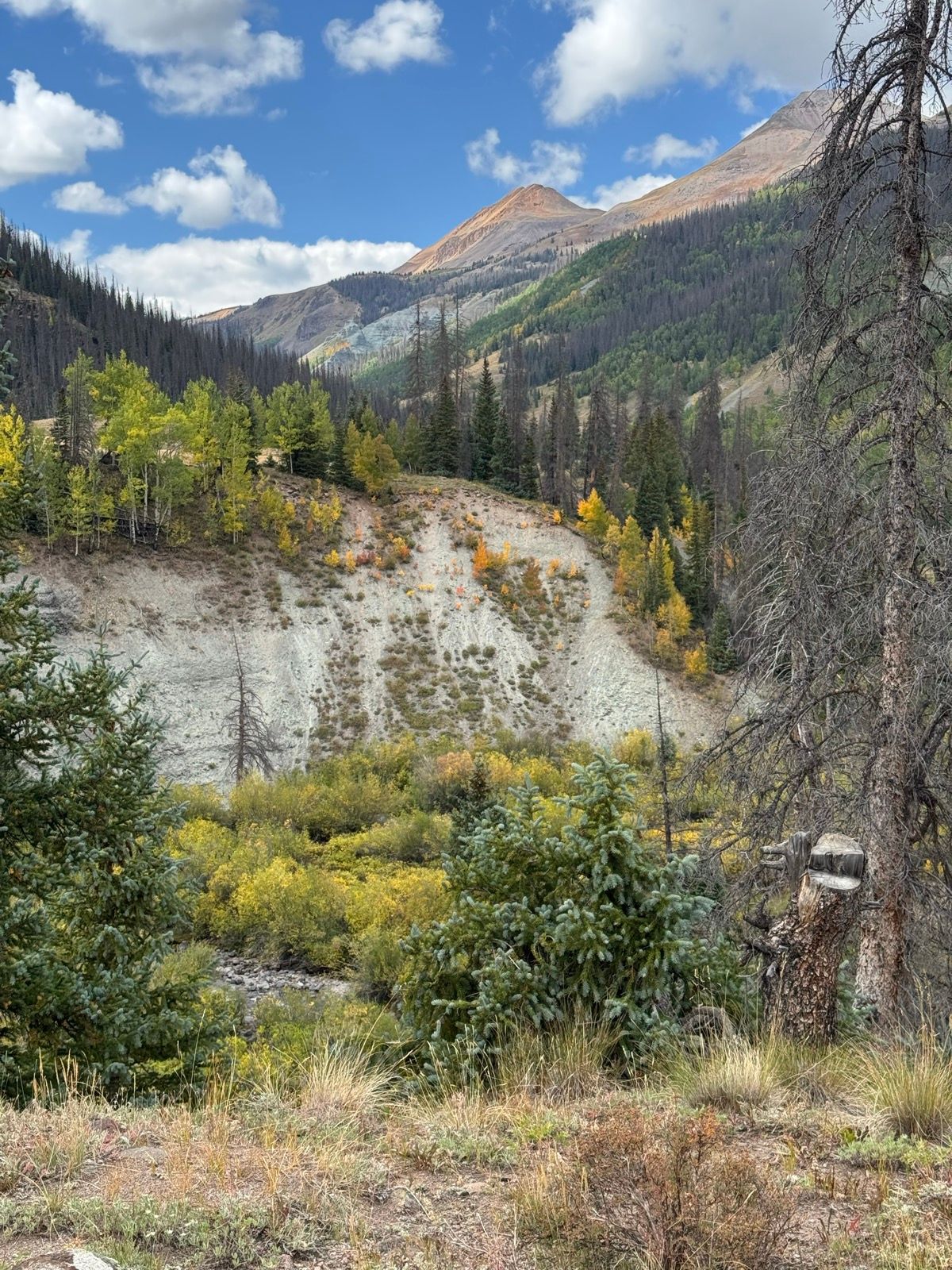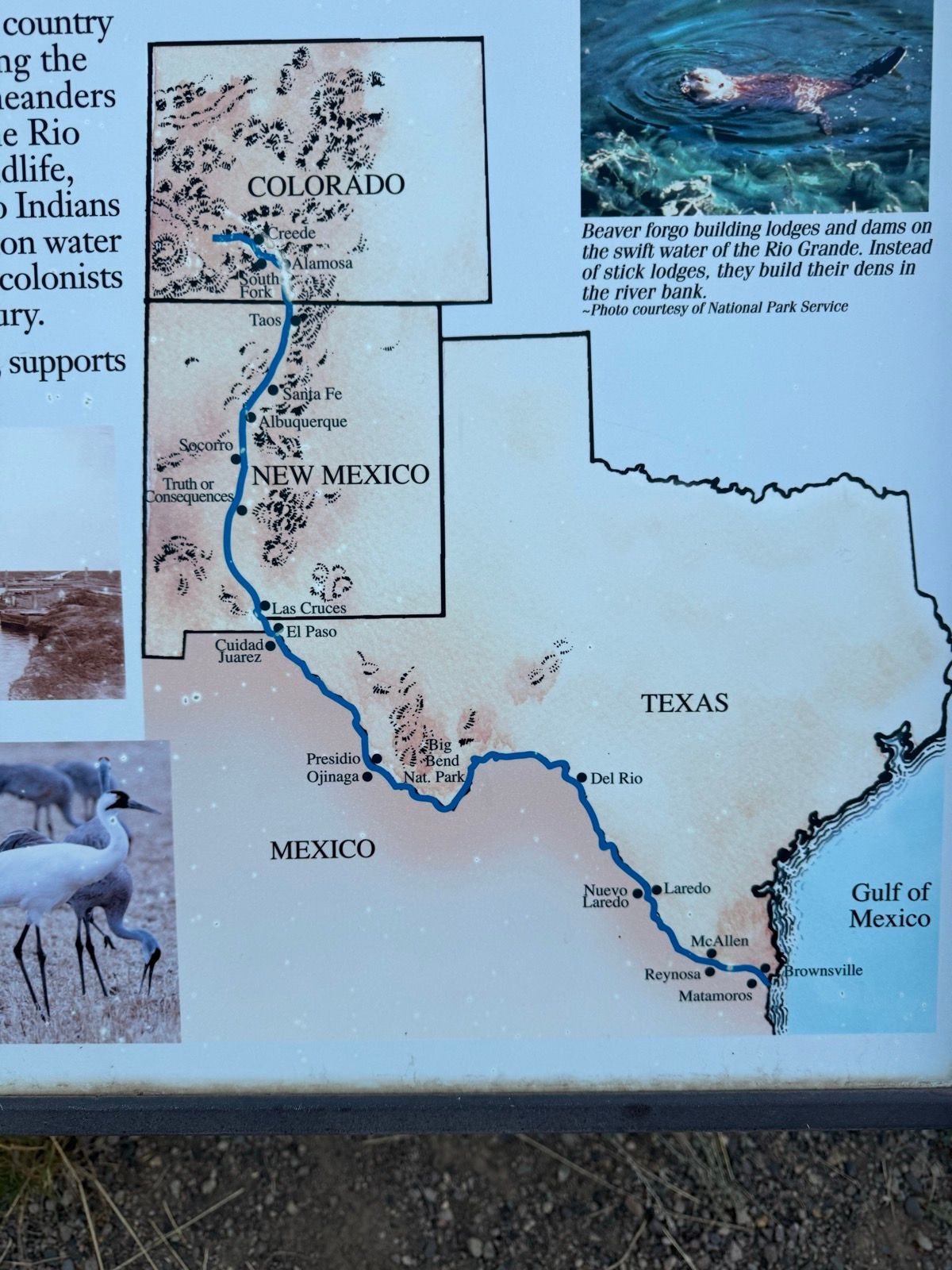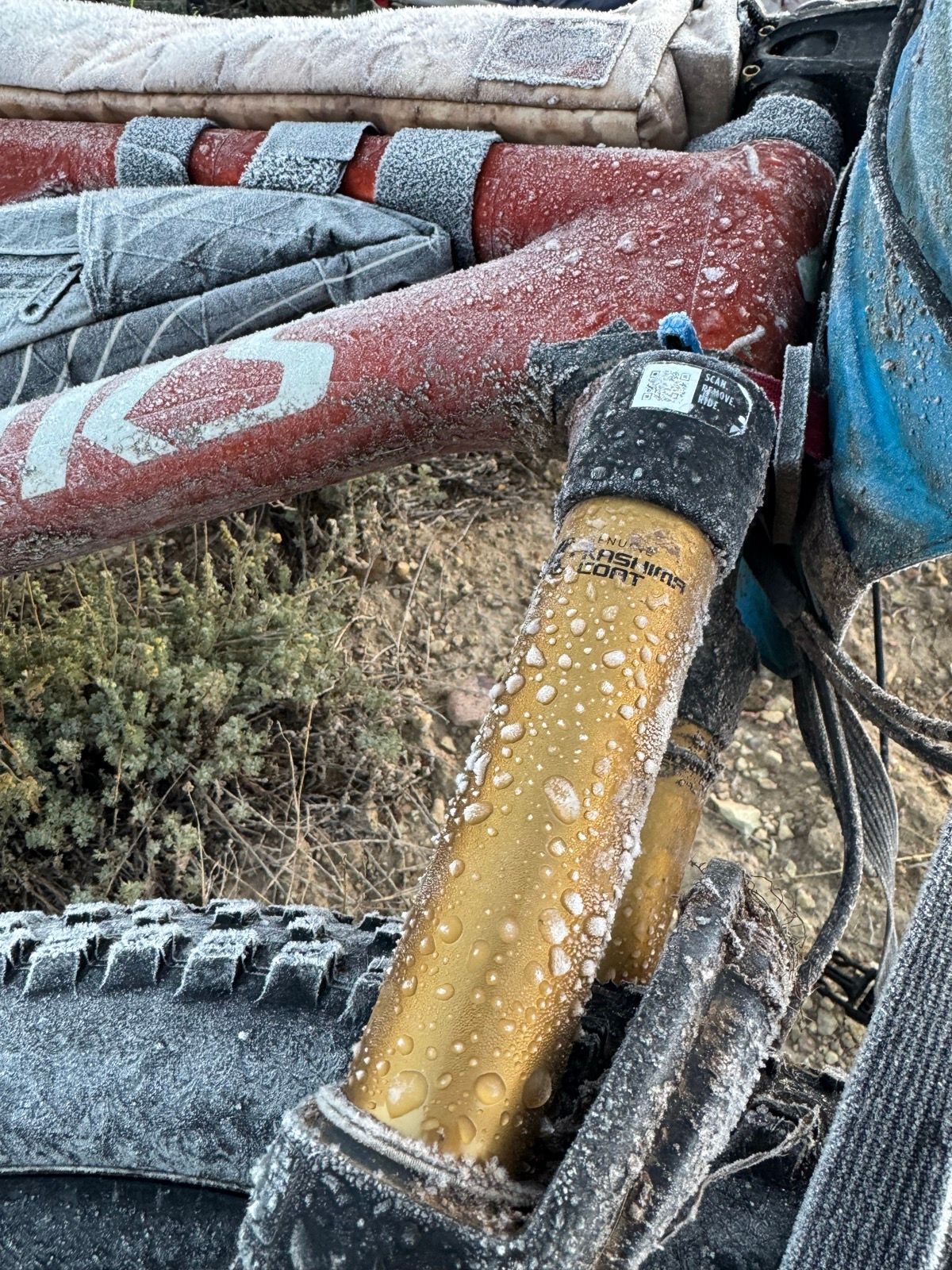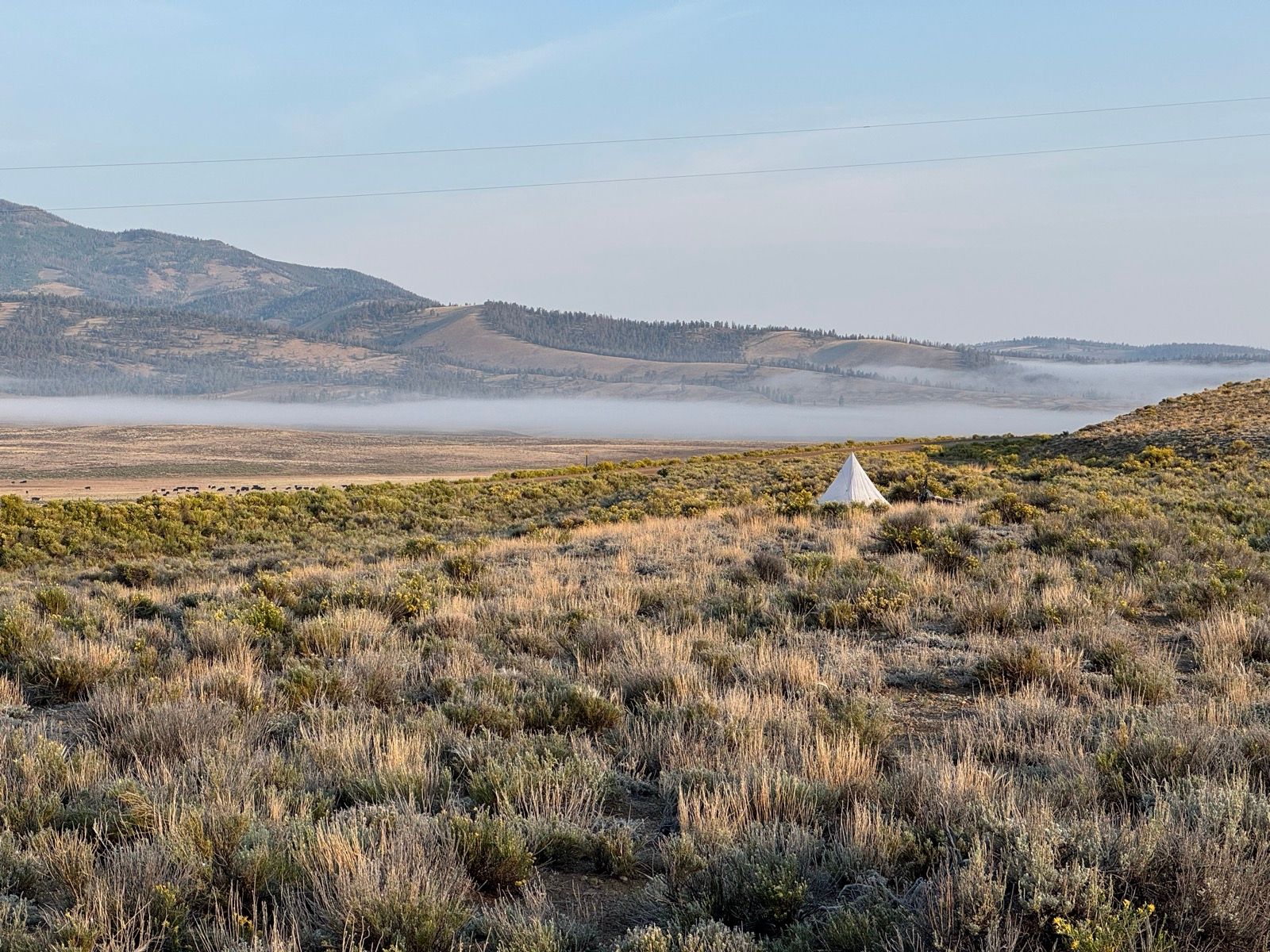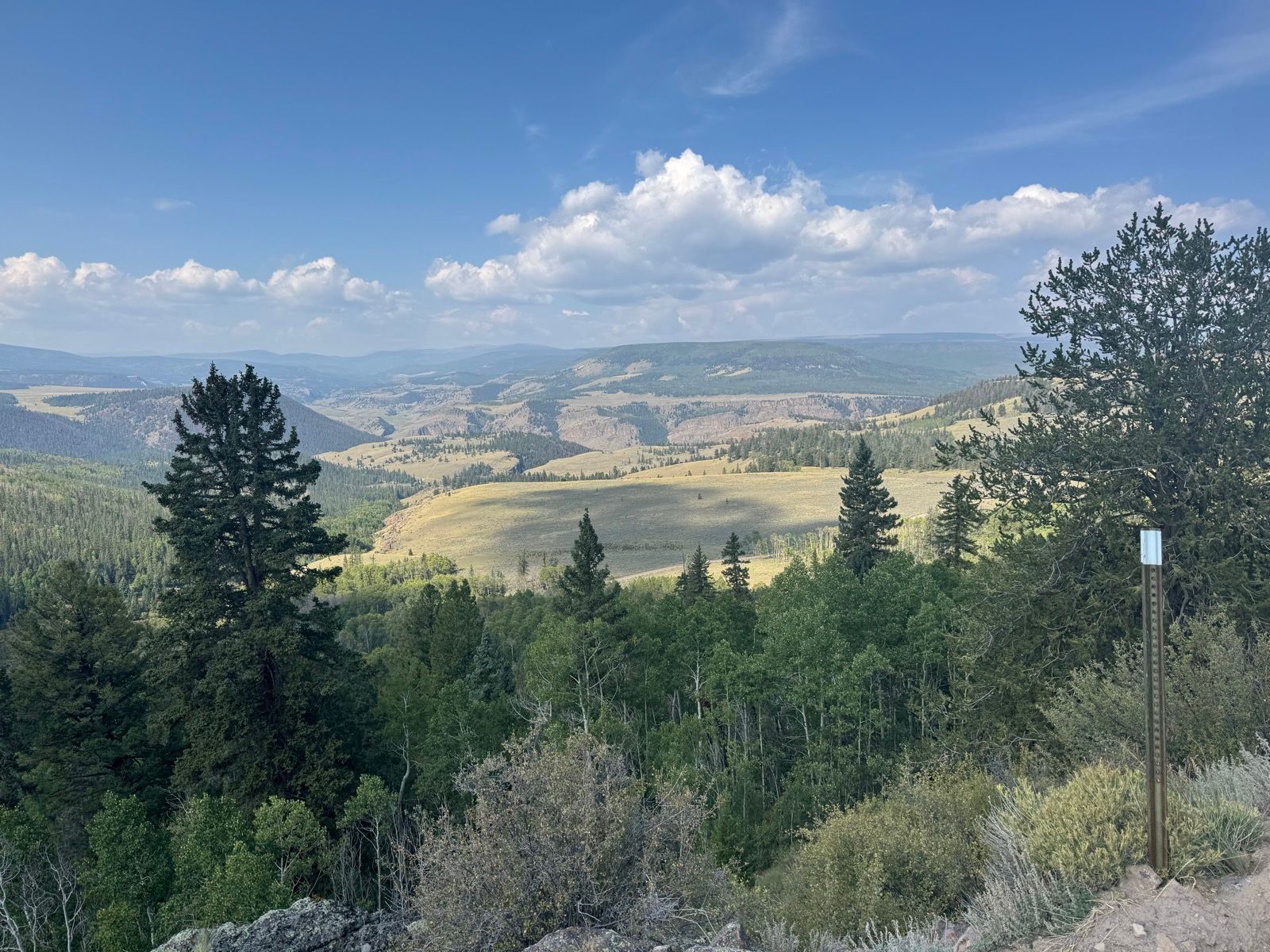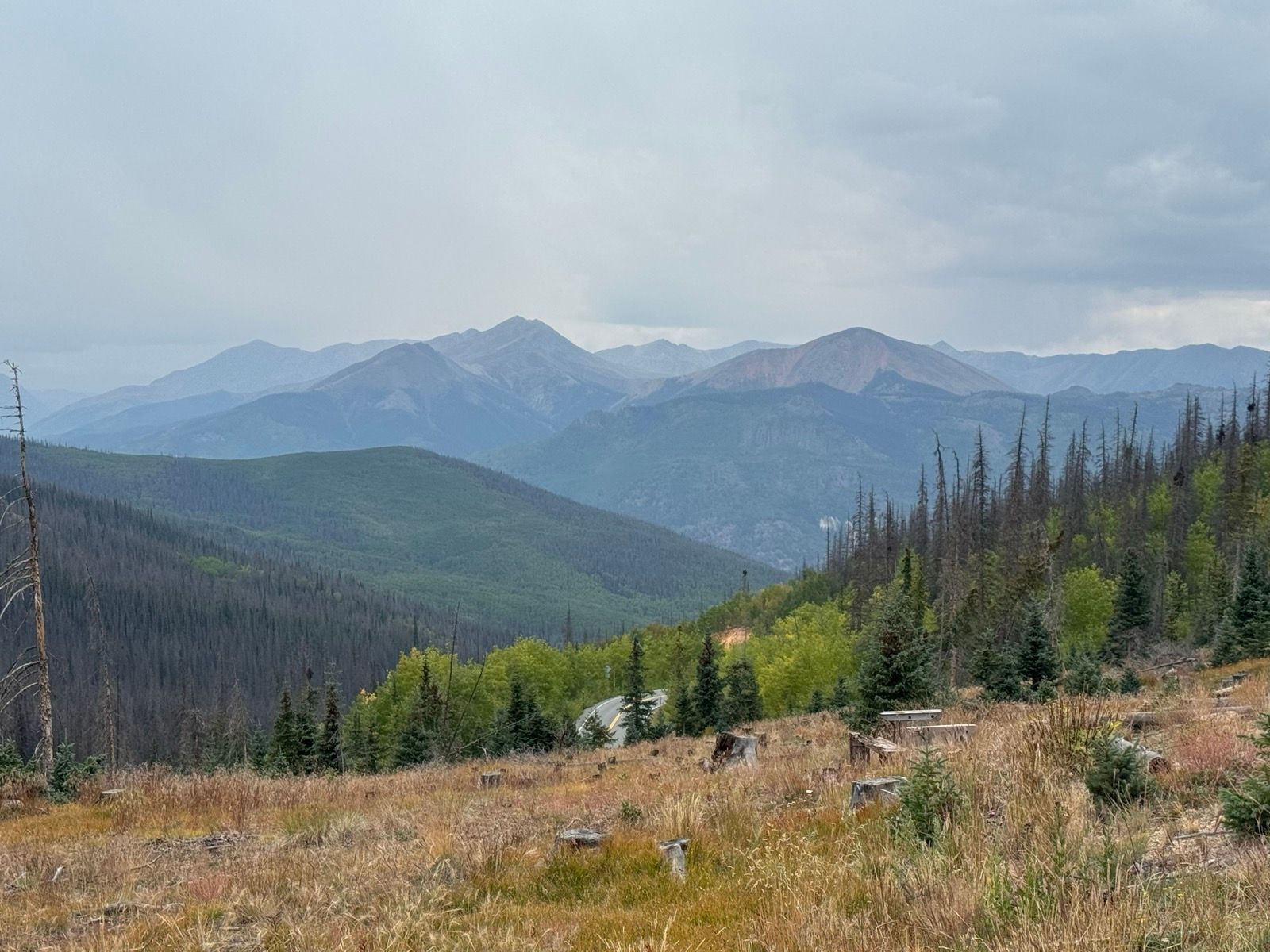51: Chili Time!
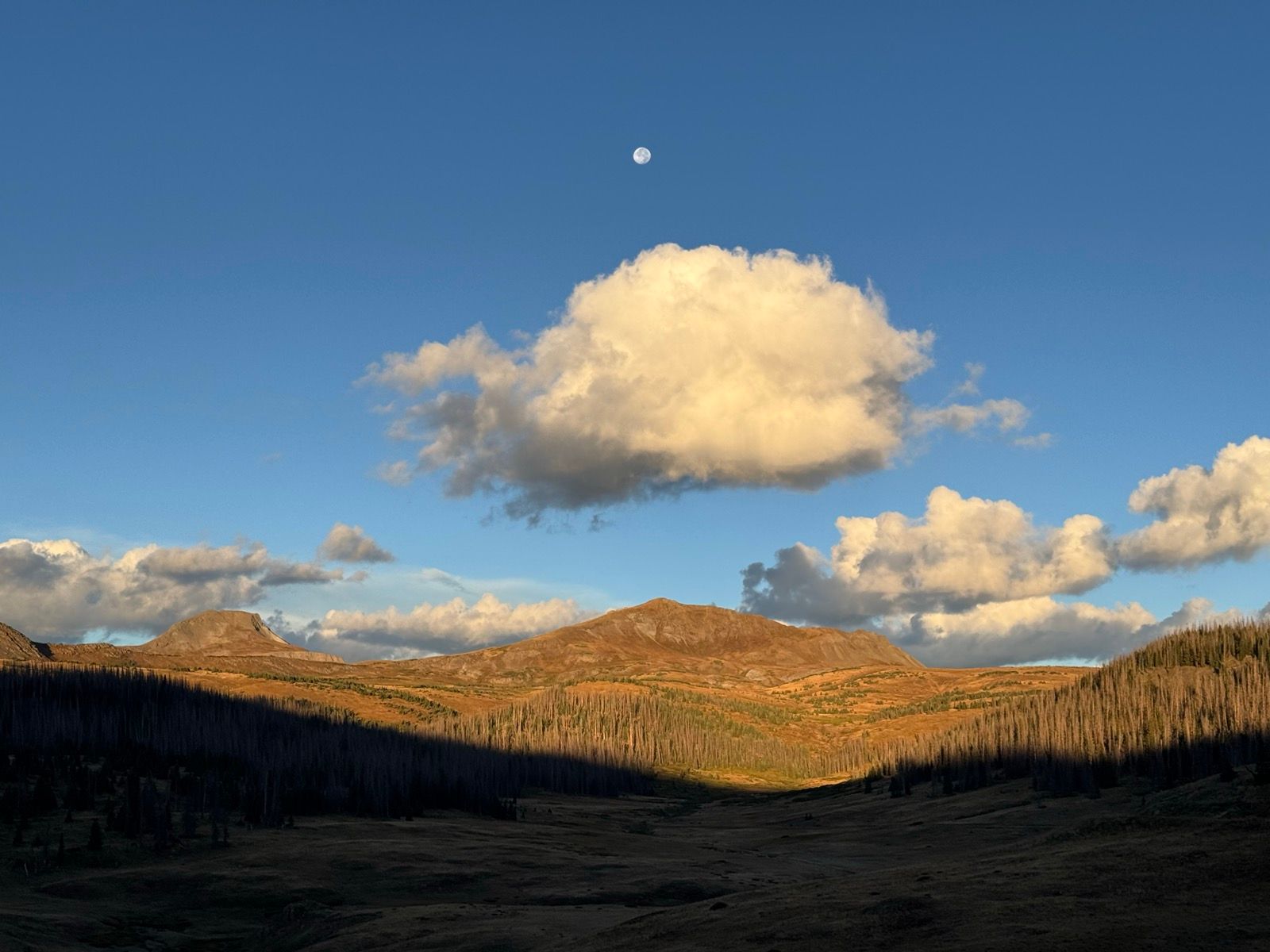
Chilly but fast miles on the GDMBR this morning. The CAMP skimo gloves are really paying off these days!
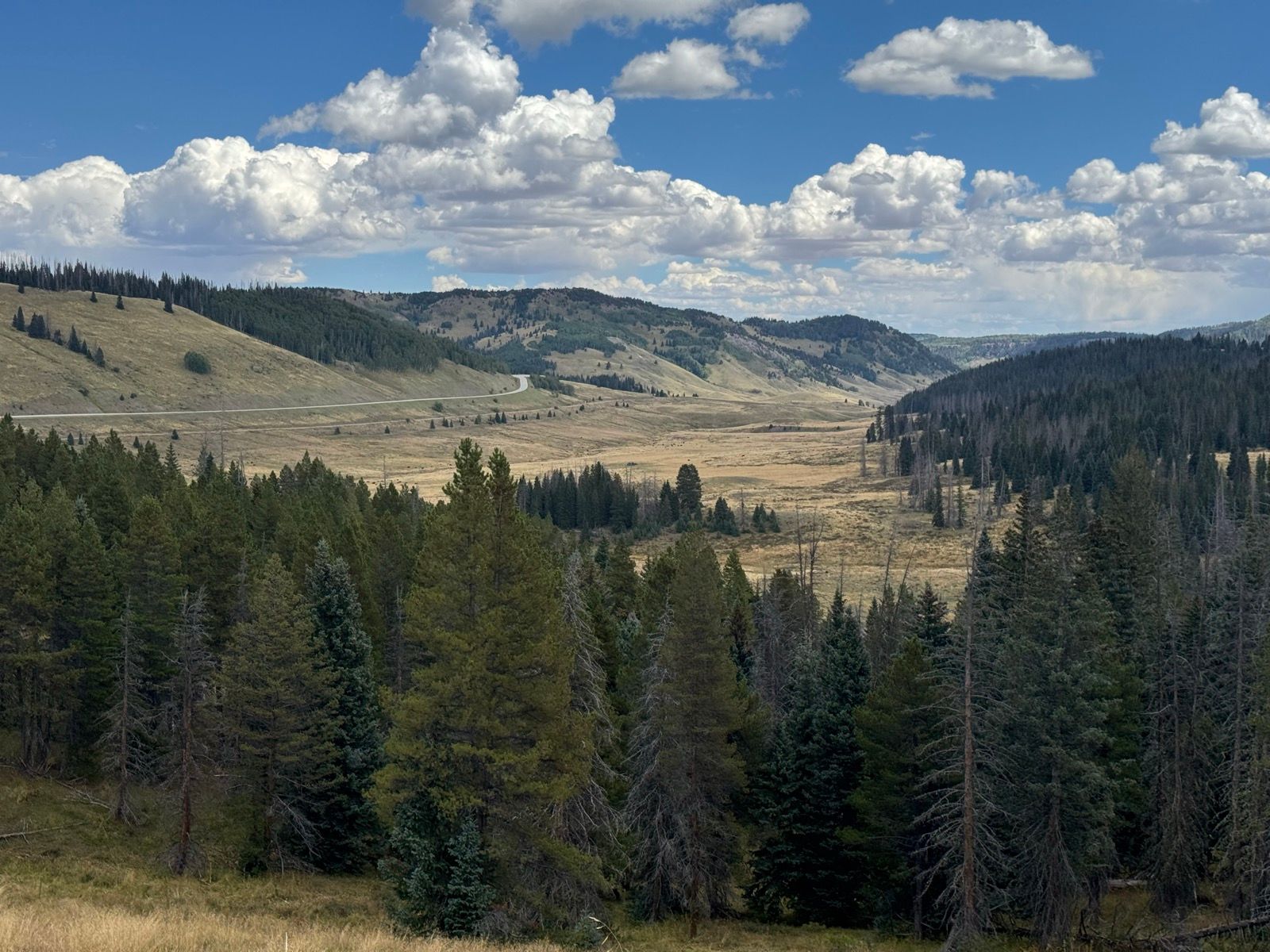
Rejoined the CDT proper at Cumbres Pass, and hit the New Mexico border a few miles later. Celebratory whiskey ensued. Last state!
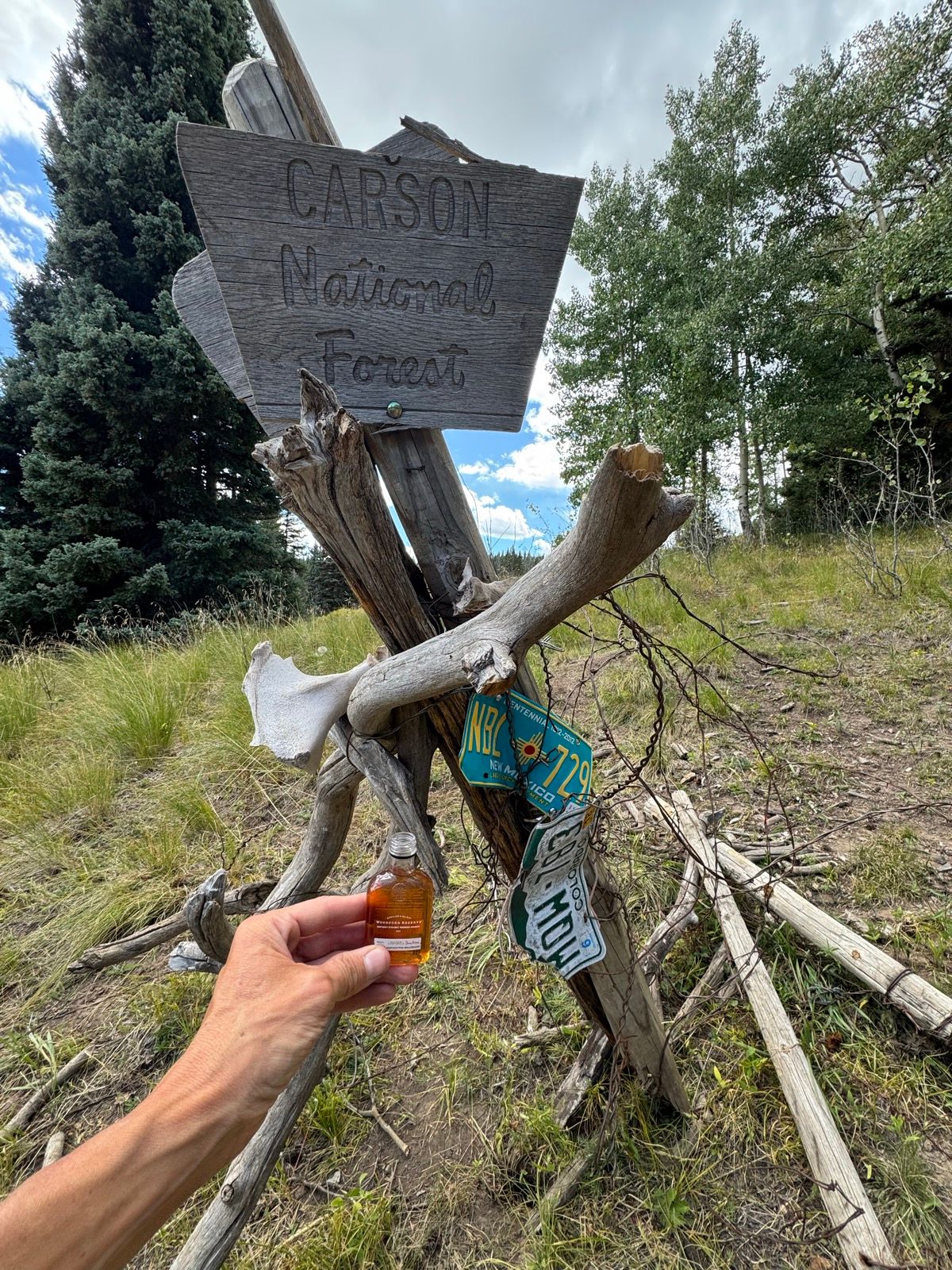
The trail in New Mexico is certainly far fainter than what I’d grown accustomed to on the Colorado Trail portions of the CDT.
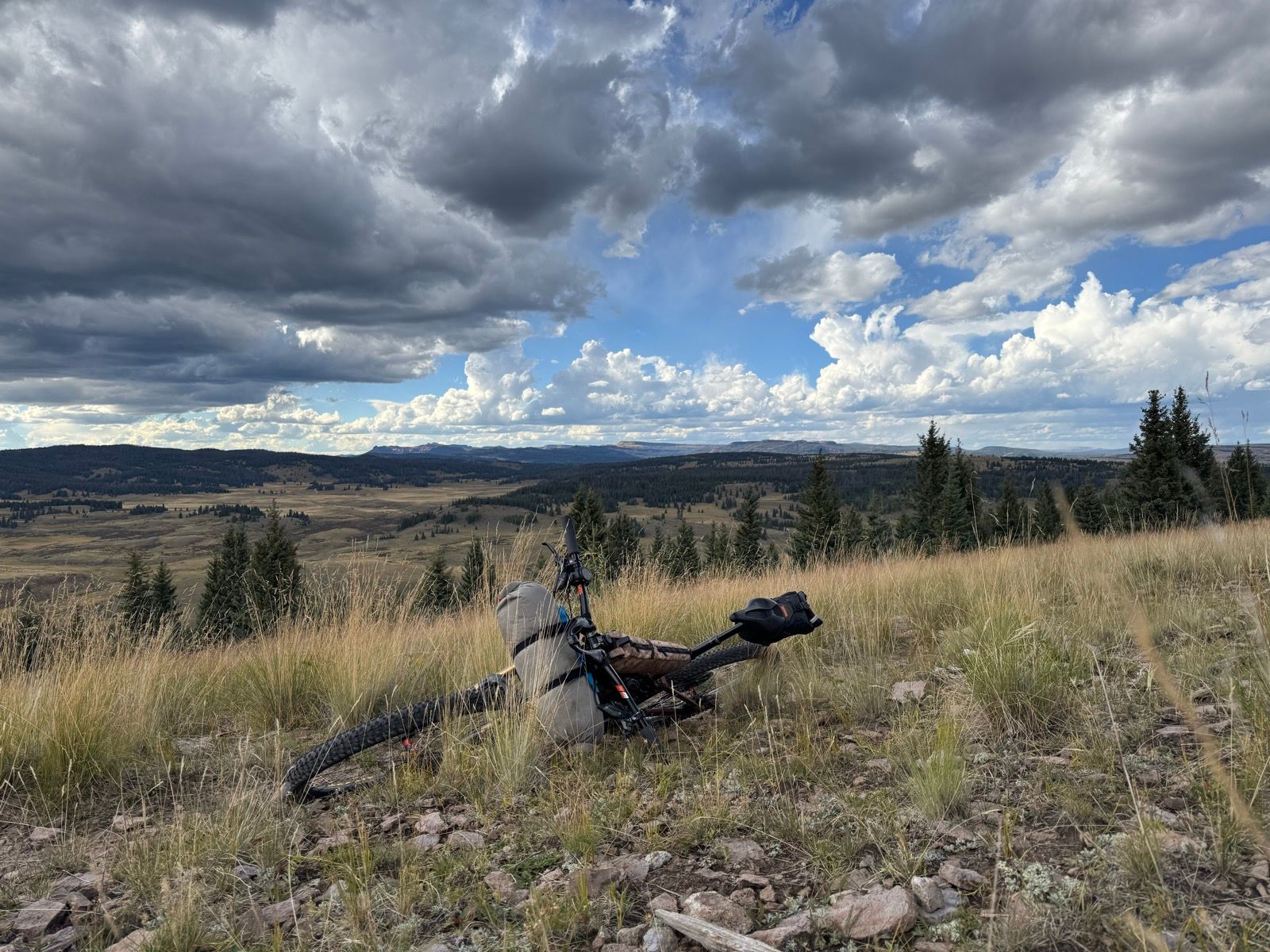
The immediate change in landscape is striking. I started the day among the jagged pinnacles and spires and ramparts of the volcanic southern San Juan mountains. By this afternoon, I’m crossing low ridge lines over rolling valleys of grass.
Camped early tonight to do a bit of shoe maintenance. Despite having purchased brand new shoes for this trip, my shoes are falling apart from all of the hike-a-bike. I purchased some glue on my way out of South Fork and applied it tonight (I very much wish I’d noticed my disintegrating shoes a day earlier and could have made the repair in the hotel after properly cleaning the shoes).
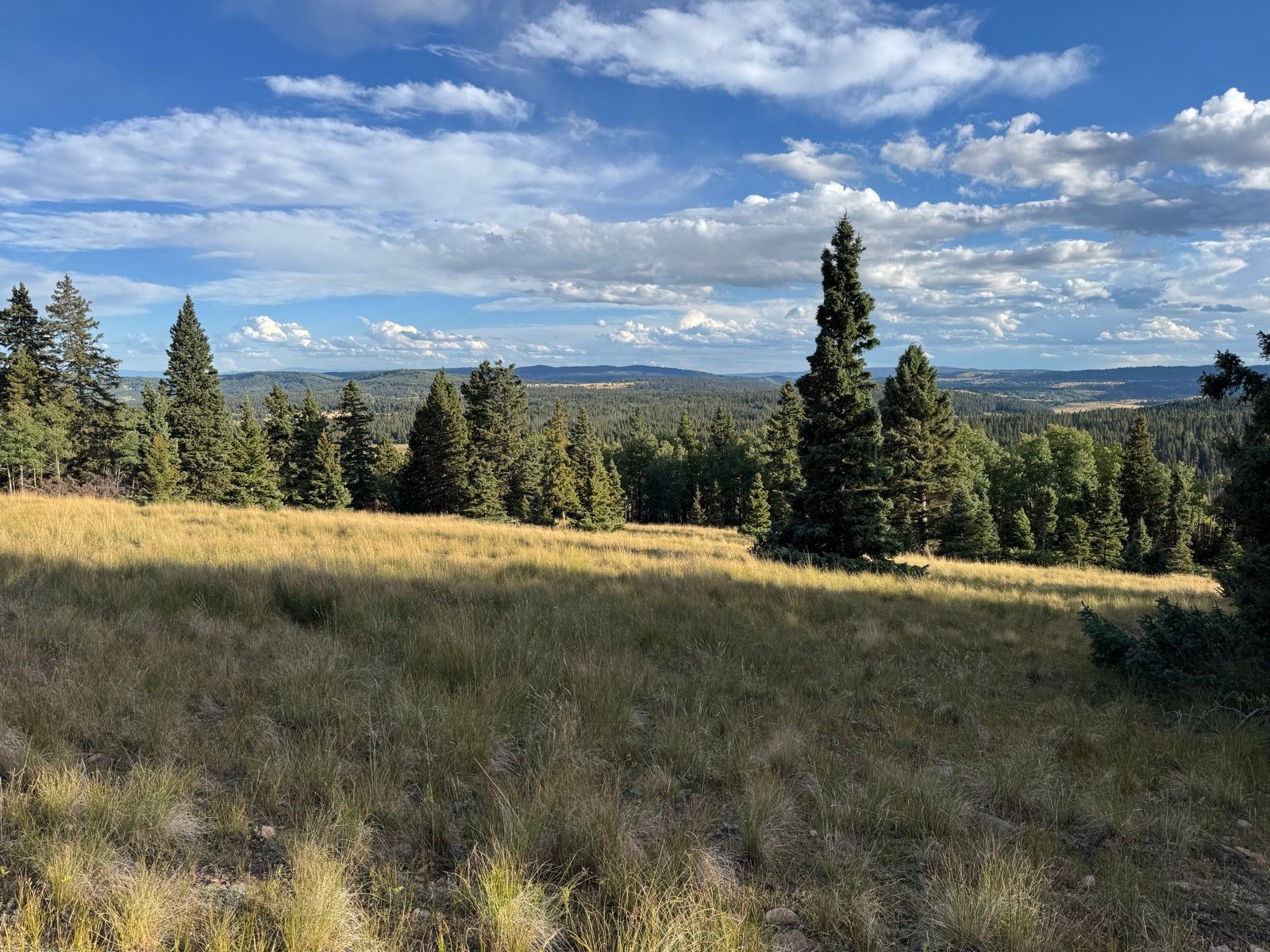
Listening to: Outlive by Peter Attia

